Monday, December 16, 2019 -
On our last day, we traveled to Luxembourg city where we did a walking tour of the historic city.
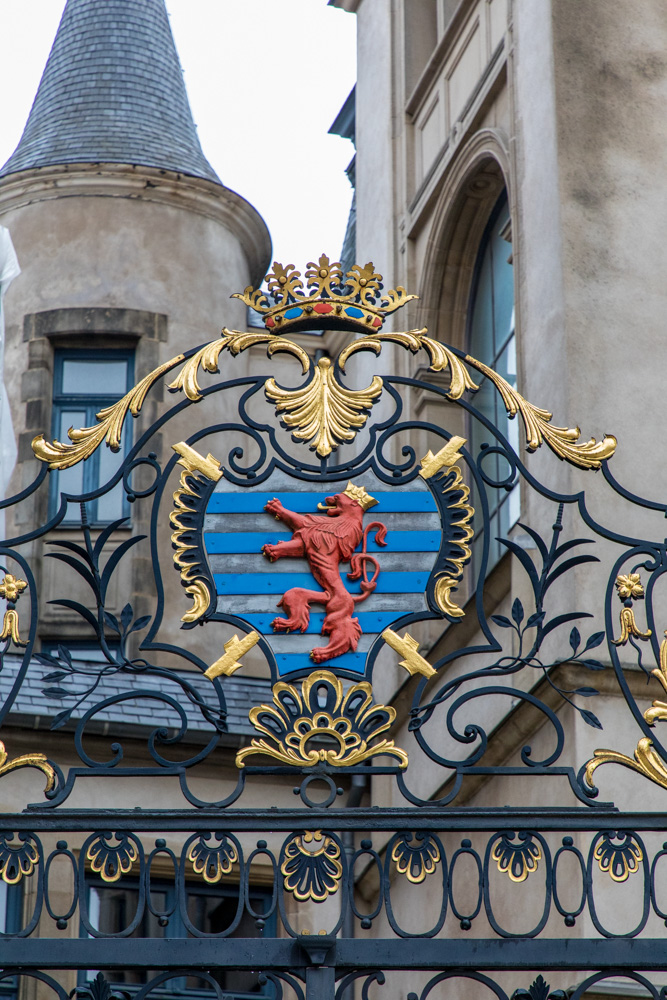

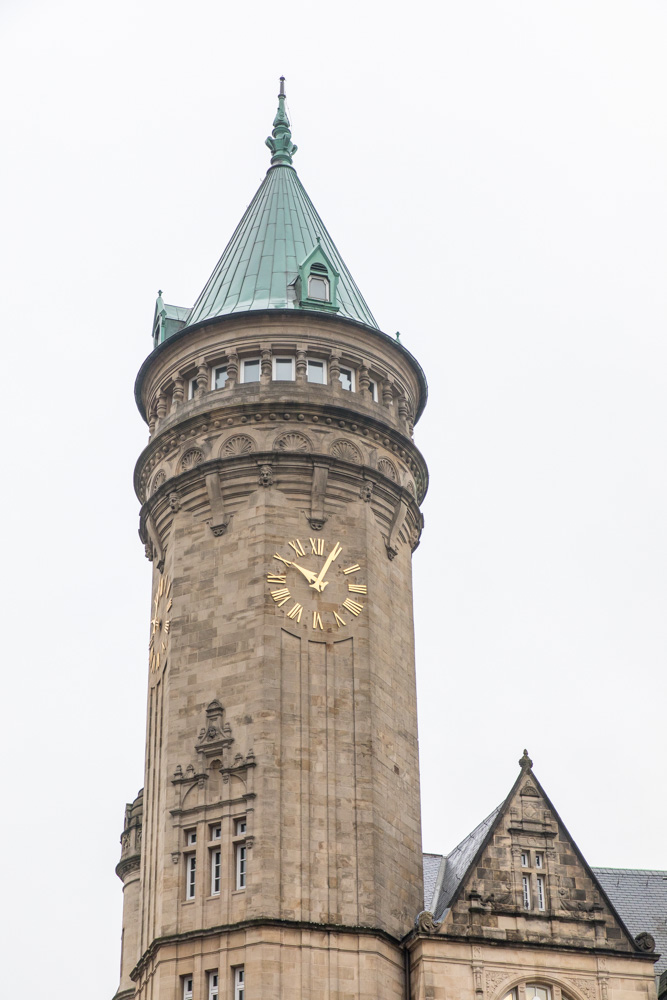
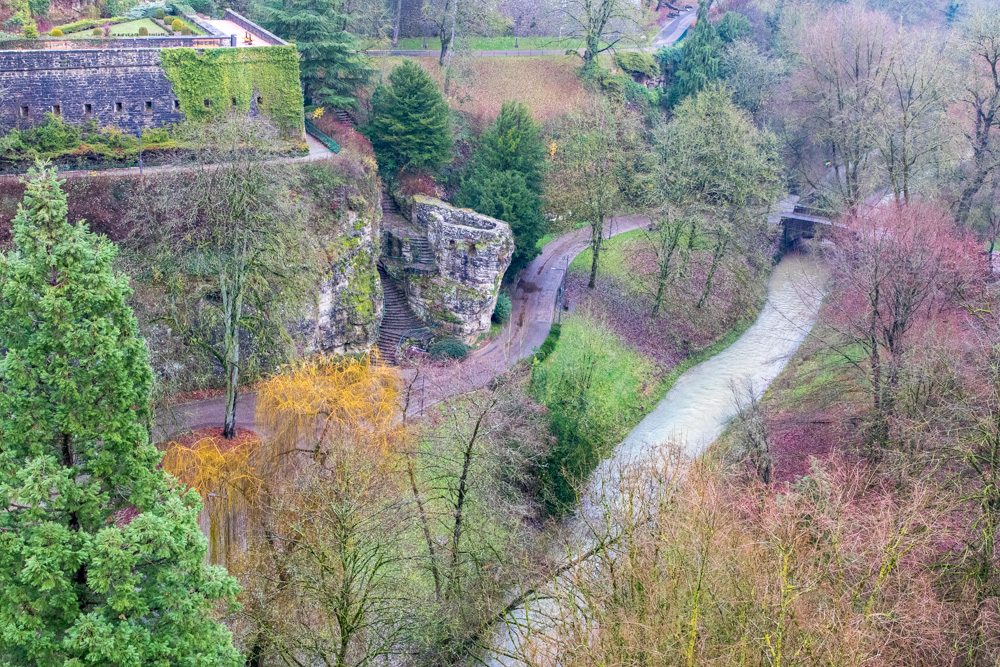
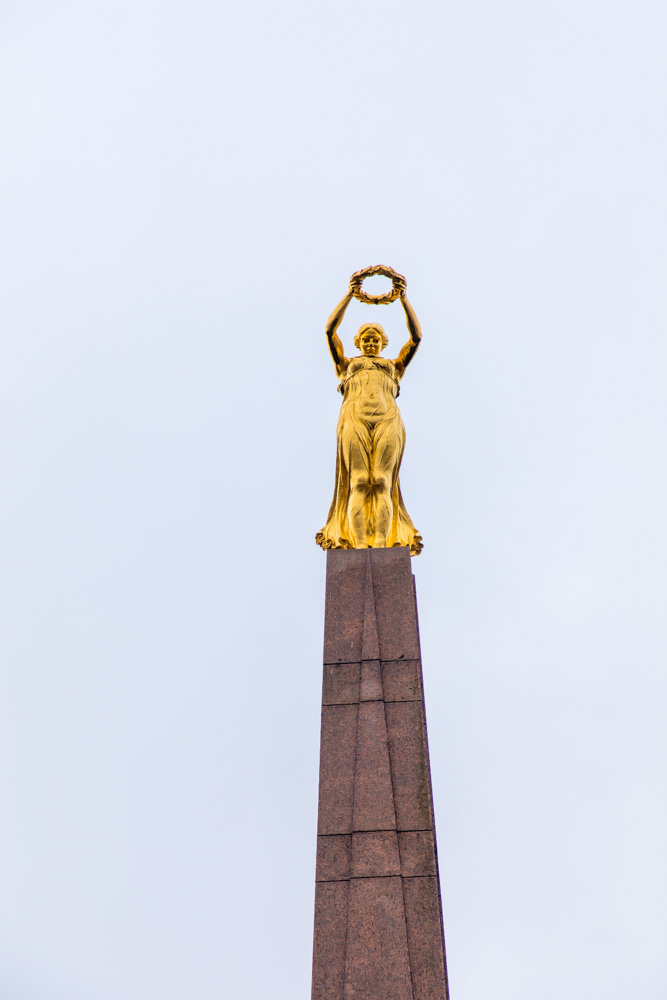
The centerpiece of the monument is a 70-foot granite obelisk. On top of the obelisk stands a gilded bronze statue representing Nike, goddess of victory, or "Queen of Freedom" holding out a laurel wreath as if placing it upon the head of the nation.
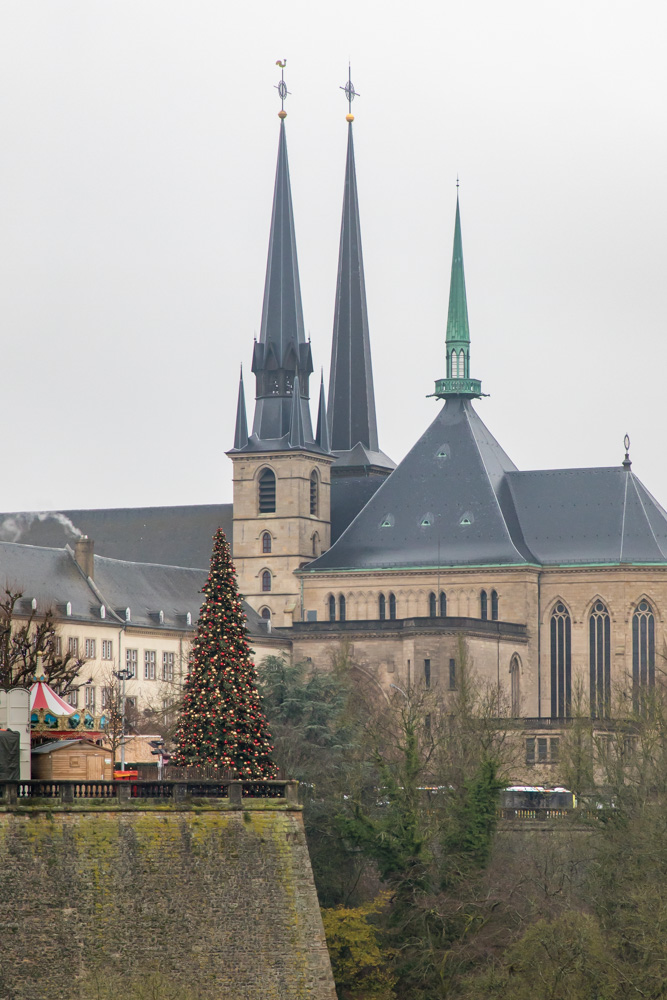
The Cathedral has three towers, the west tower, which was the tower of the previous Jesuit church and which contains the bells, the east tower, and the central tower, which stands over the transept.
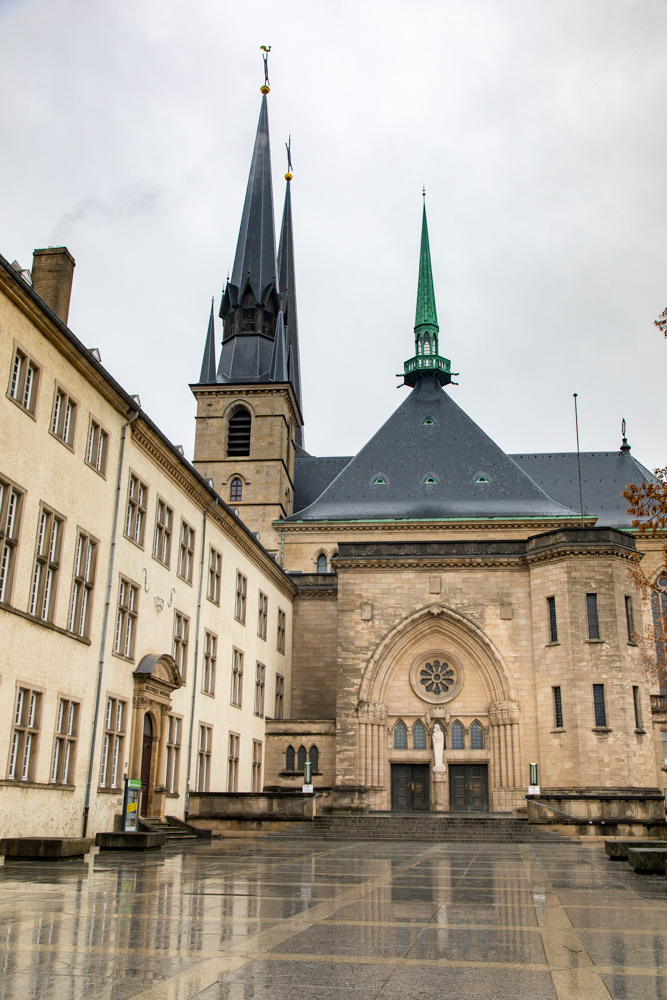
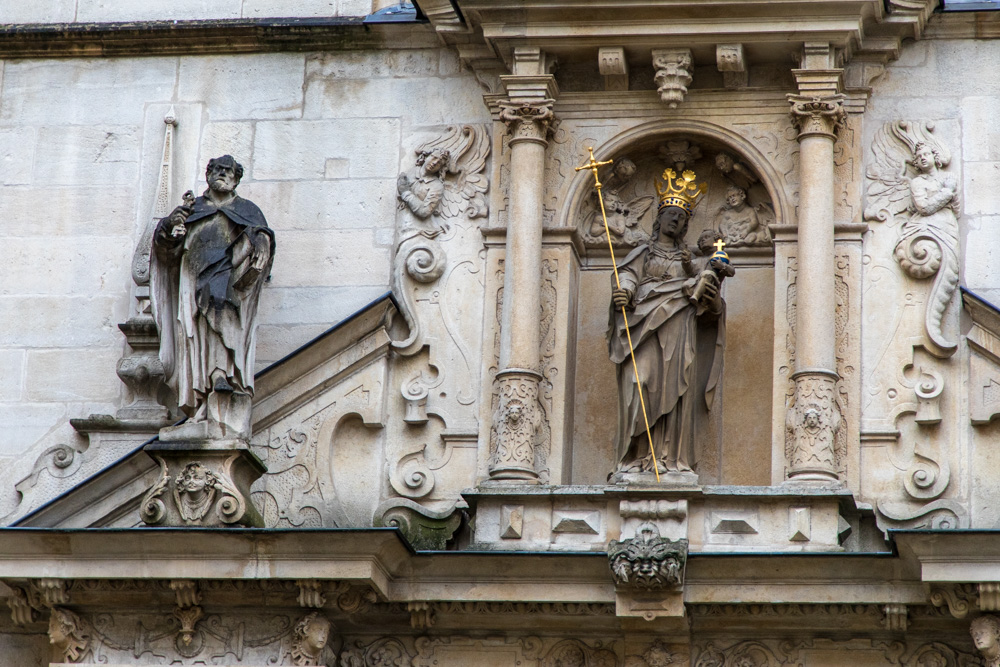


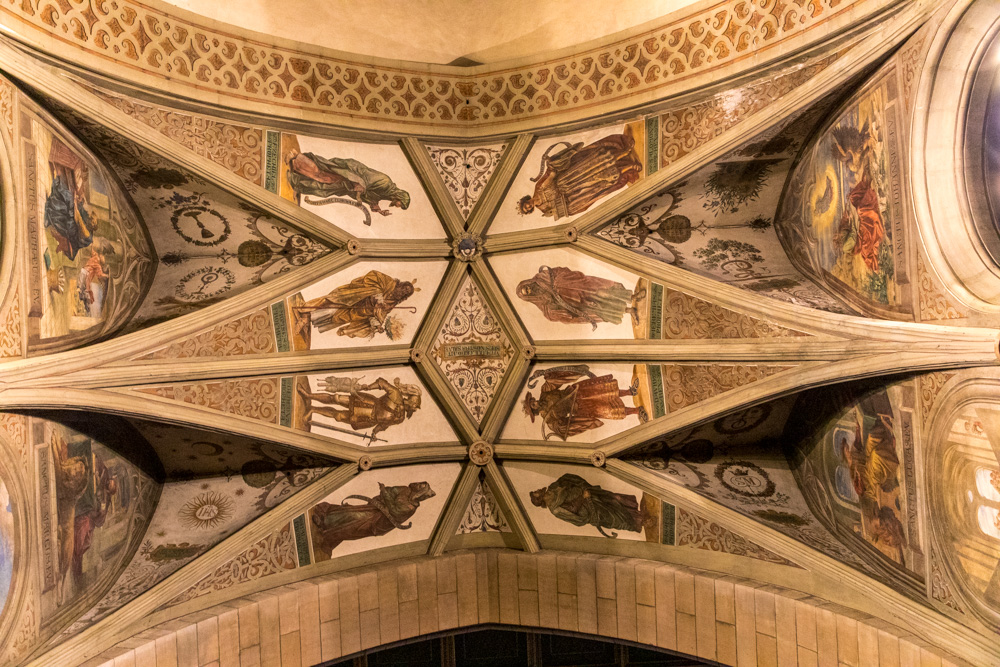
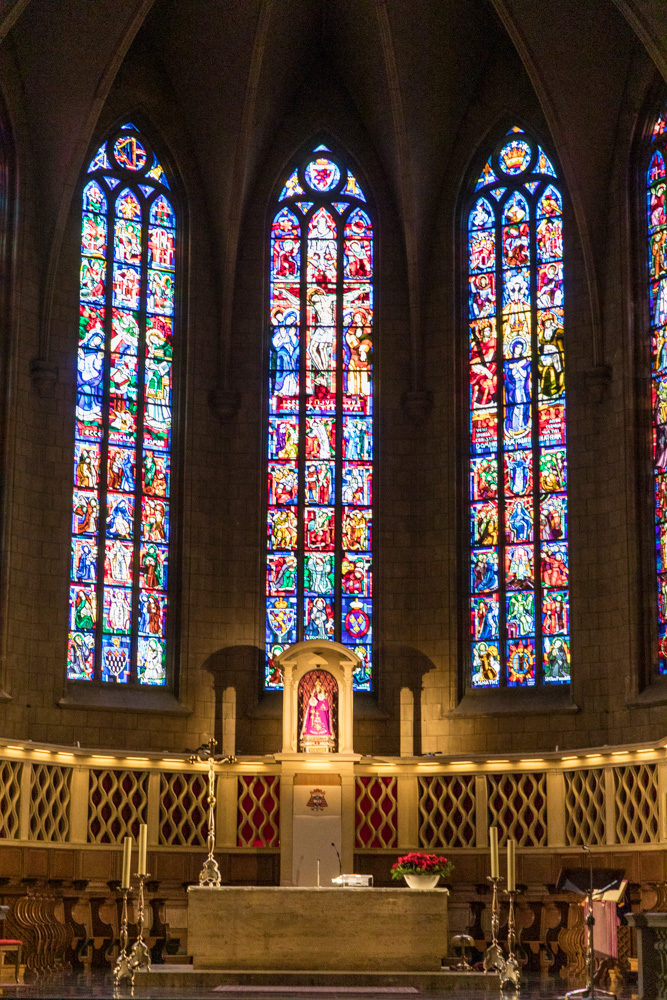
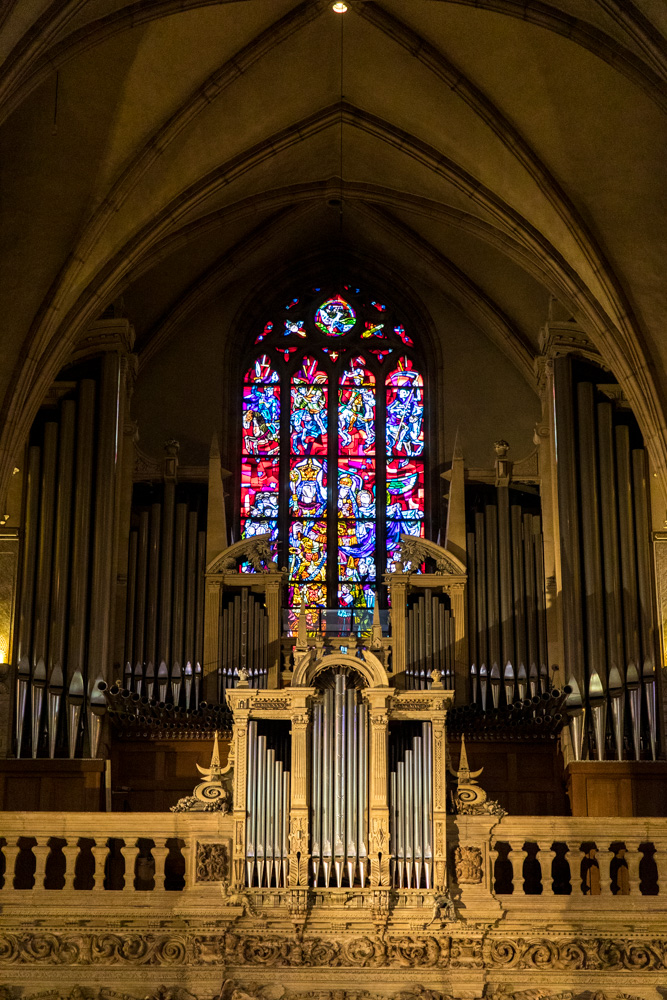

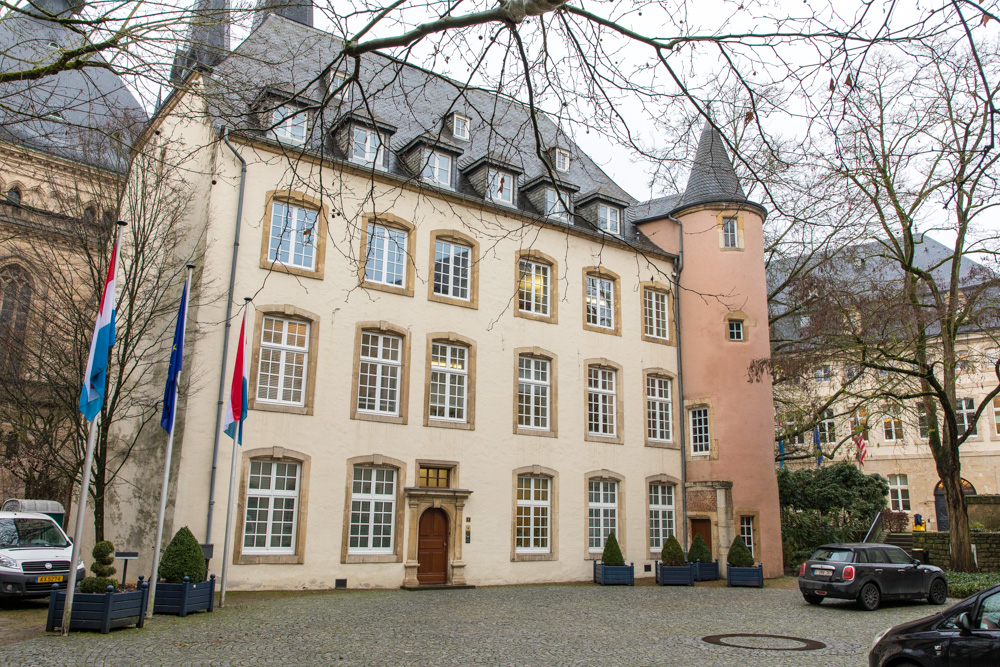
Typical of this transitional period between gothic and renaissance are the pillars and pointed arch of the entrance to the brick-built and completely preserved tower. It is one of the oldest buildings in Luxembourg.
Since 1975 the "Maison de Bourgogne" has been the home of the Ministry of State, serving as the seat of Luxembourg's Prime Minister.
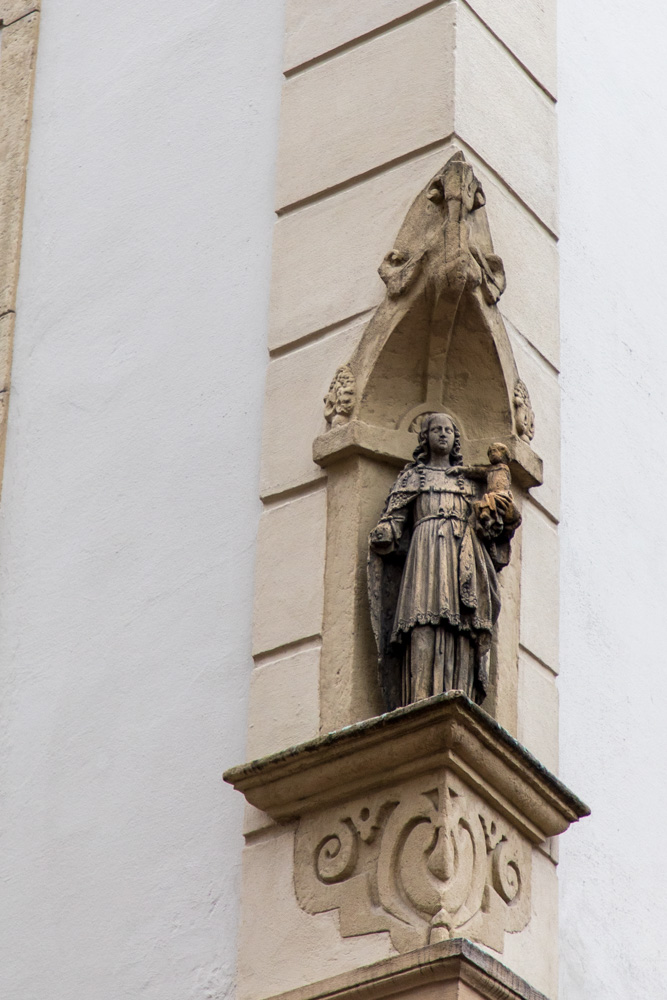
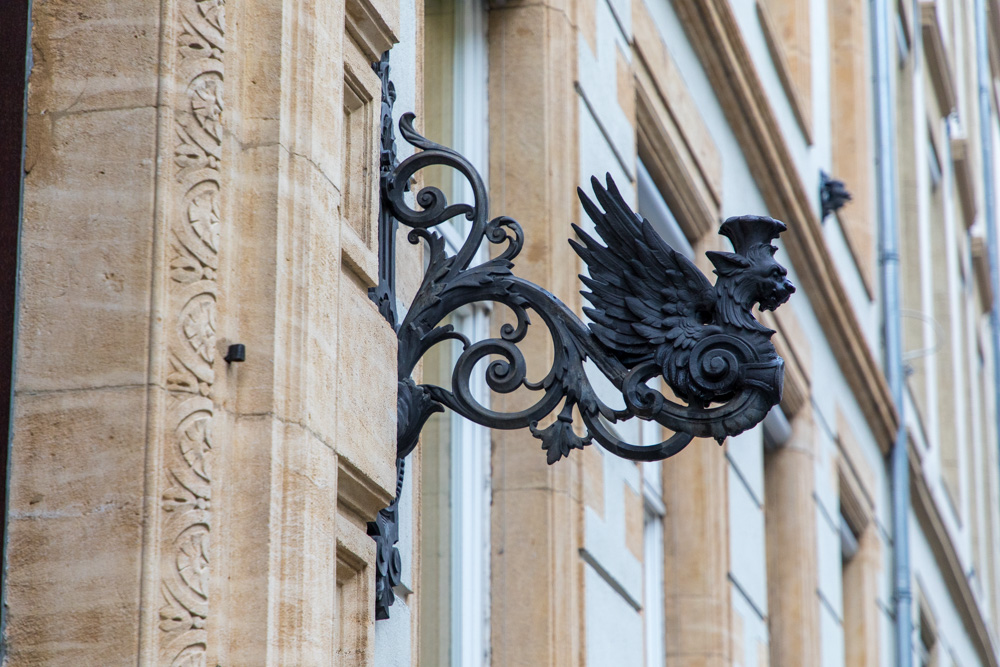
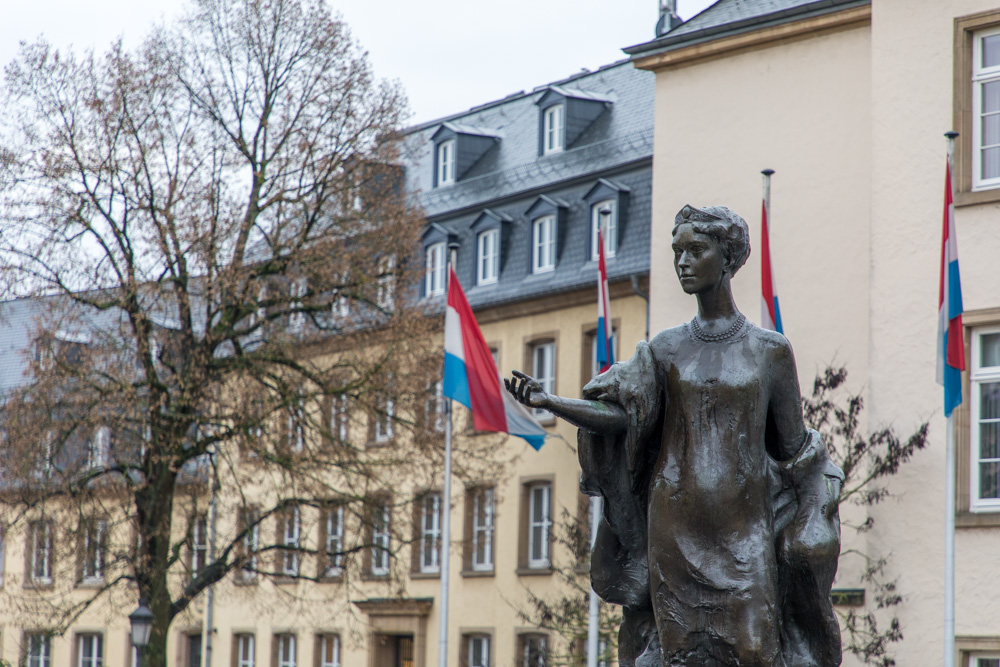
She acceded to the throne on 14 January 1919 following the abdication of her sister due to political pressure over her role during the German occupation of Luxembourg during World War I.
During the German occupation of Luxembourg in World War II, Charlotte, exiled in Britain, became an important symbol of national unity. In 1943, Grand Duchess Charlotte and the Luxembourg government established themselves in London: her broadcasts became a more regular feature of the BBC schedules, establishing her as a focus for the resistance movements in Luxembourg.
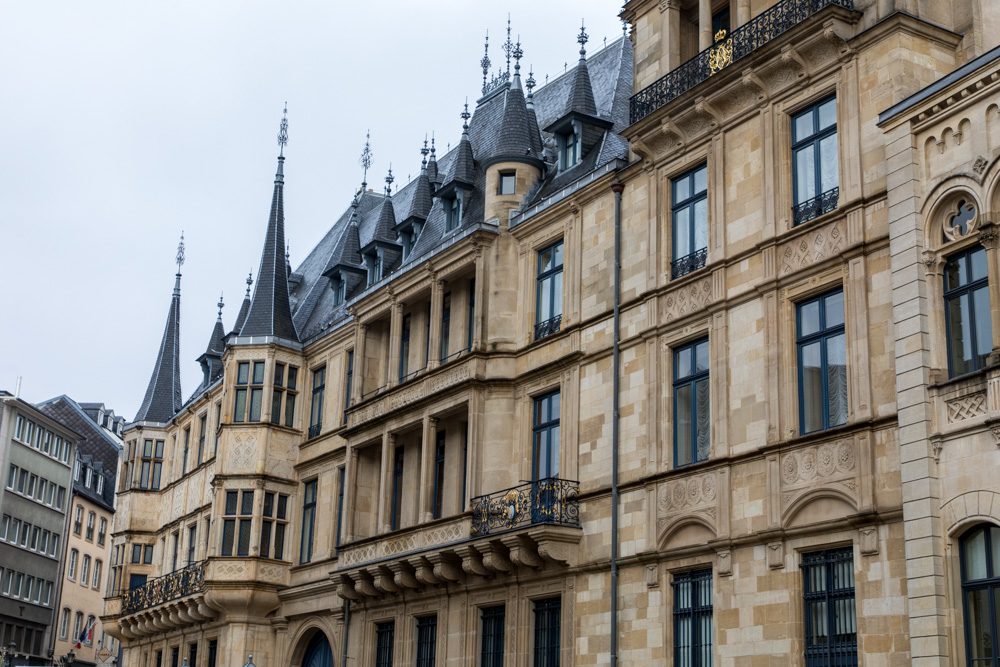
From 1817, the palace became the residence of the Governor, the representative of the Dutch Grand Dukes.
During the German occupation in the Second World War, the Grand Ducal Palace was used by the Nazis as a concert hall and tavern. Much of the palace's furniture, art collections and jewels were ruined. Large swastika flags were hung down the front. With the return of Grand Duchess Charlotte from exile in 1945, the palace once again became the seat of the Grand Ducal Court.
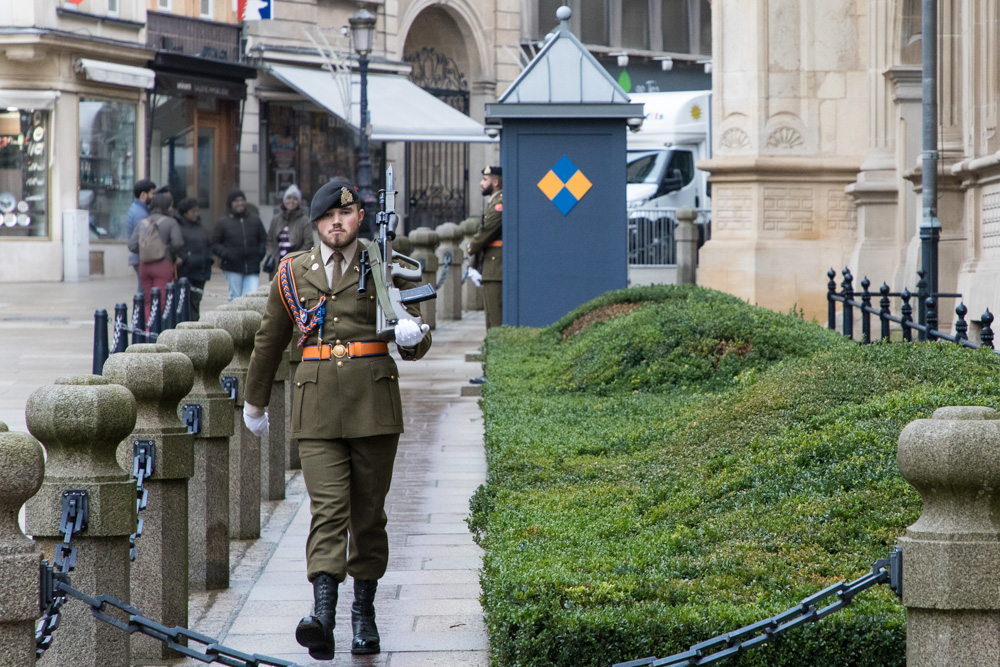
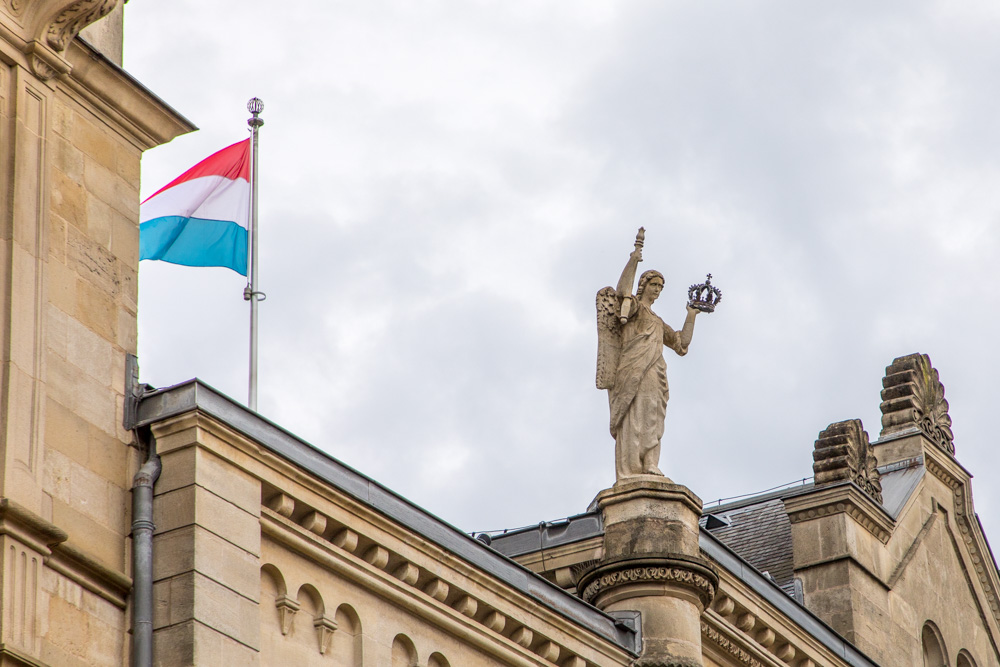
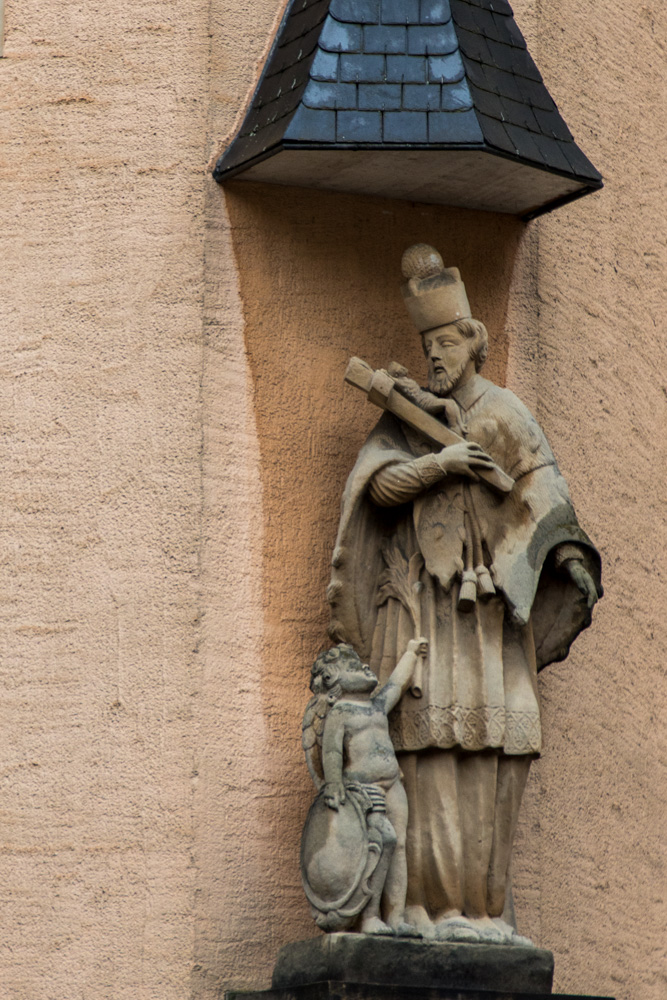

Pediment with the coat of arms of Louis XIV commemorating the stay of the Sun King in Luxembourg City in 1687.
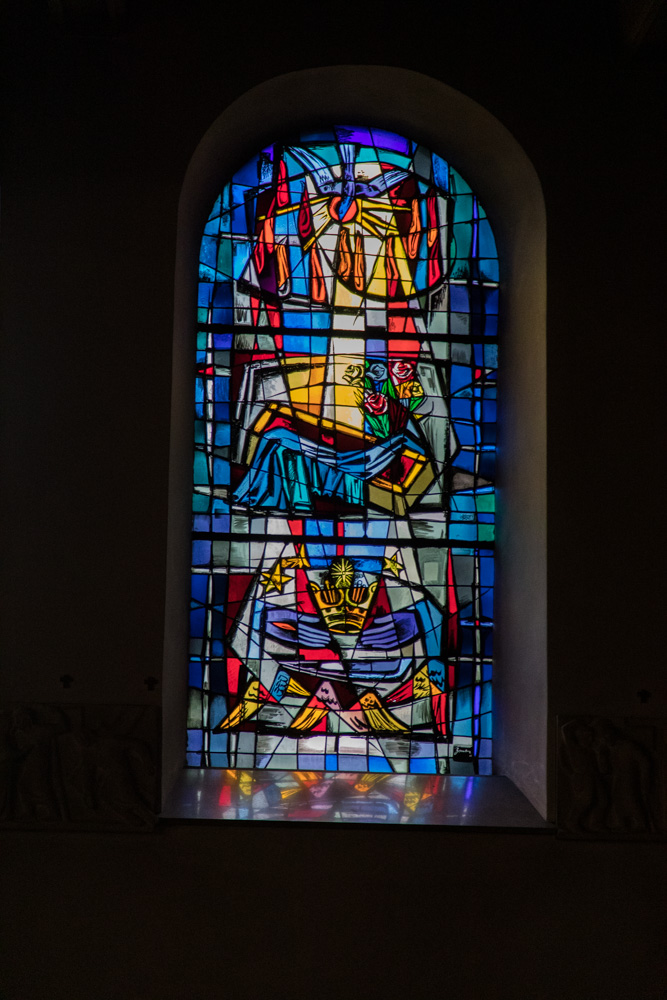
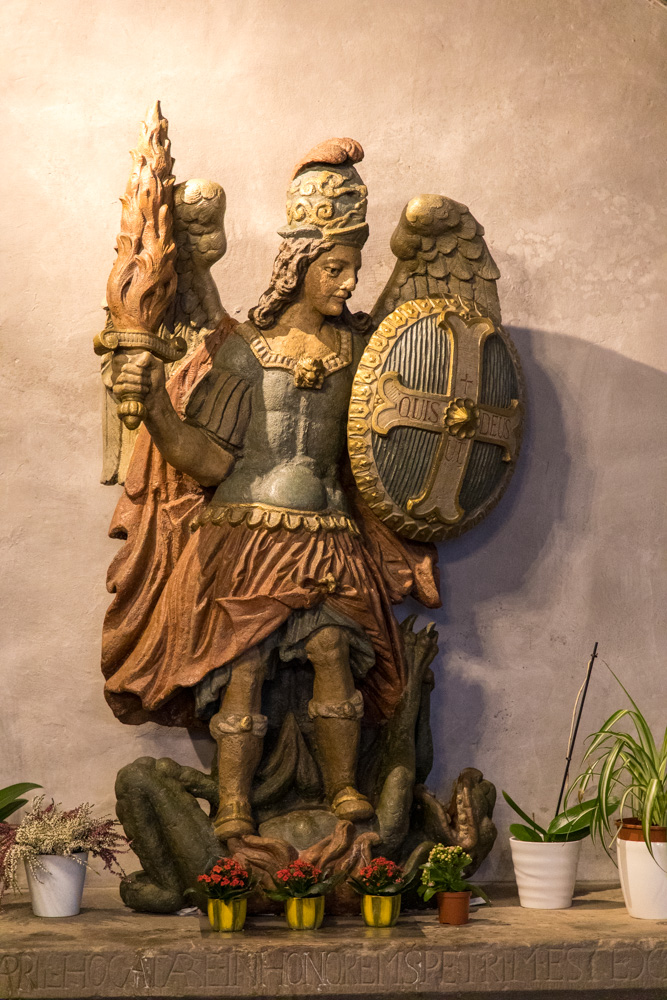
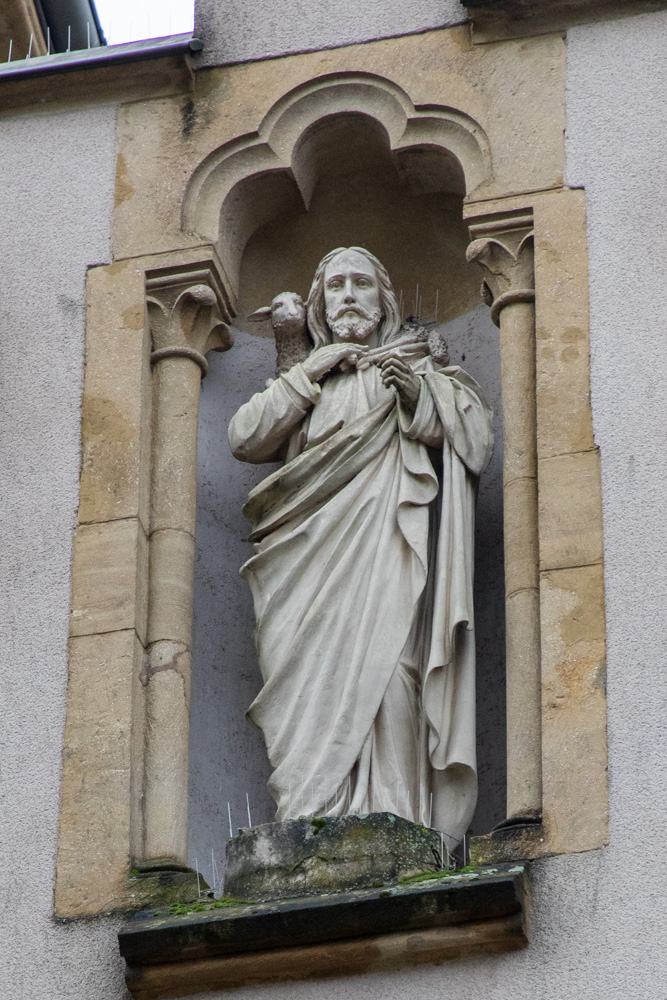
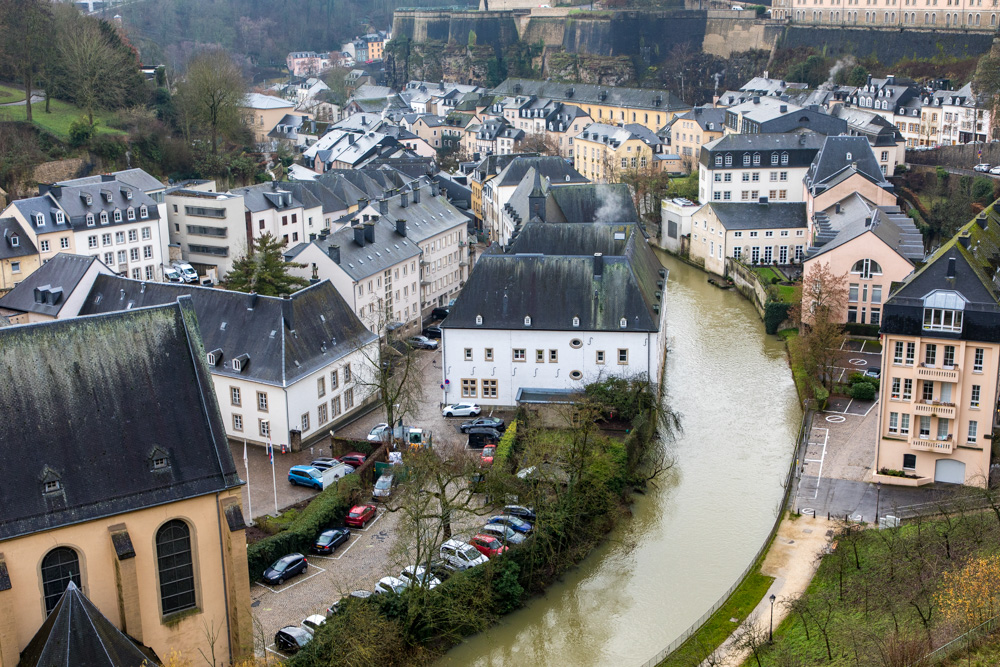
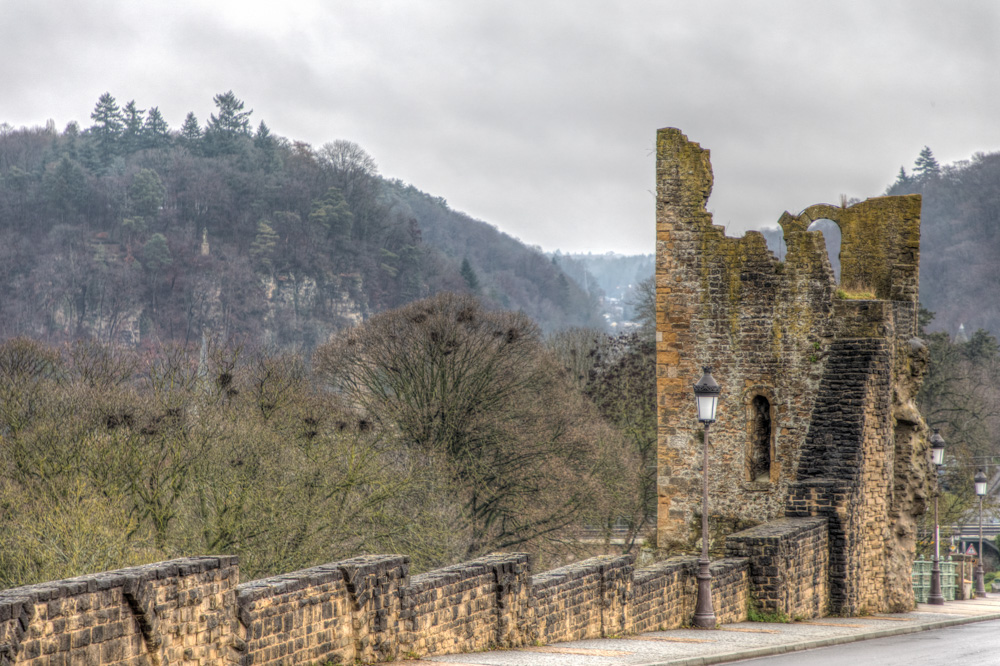

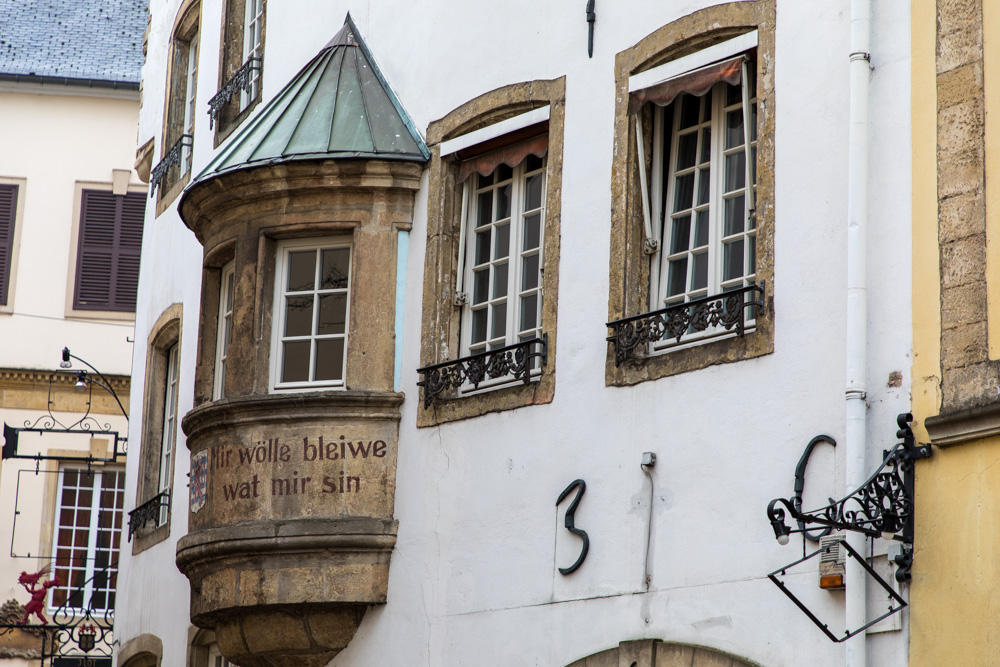
It refers to the ambition of the Luxembourgish people to remain separate from, and independent of, those neighbouring countries around it that have traditionally tried to dominate it politically, economically as well as militarily and, as a final goal, to annex it: Belgium, France and Germany
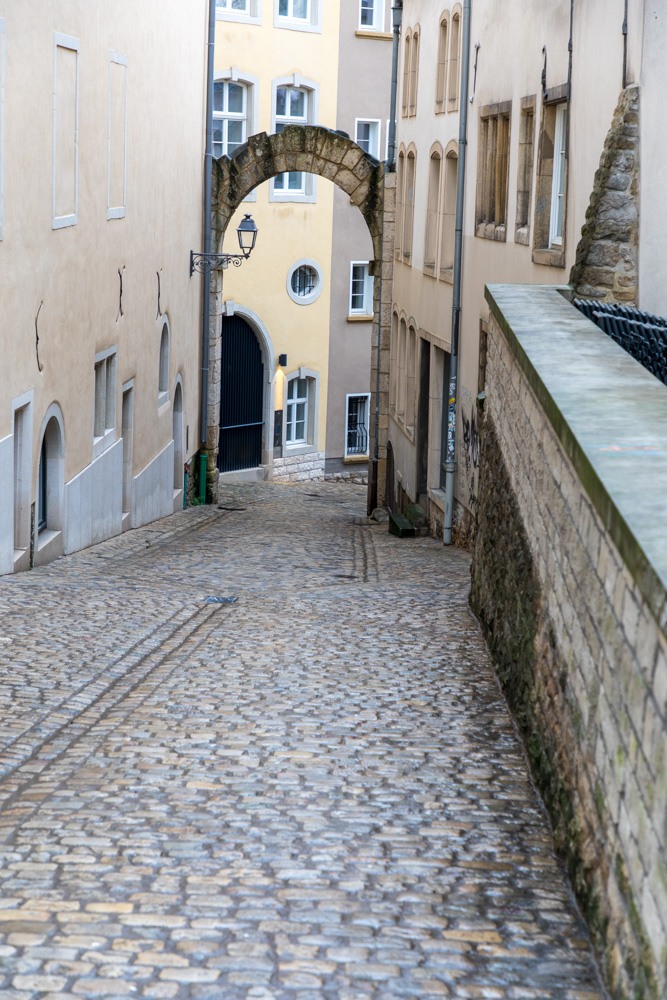

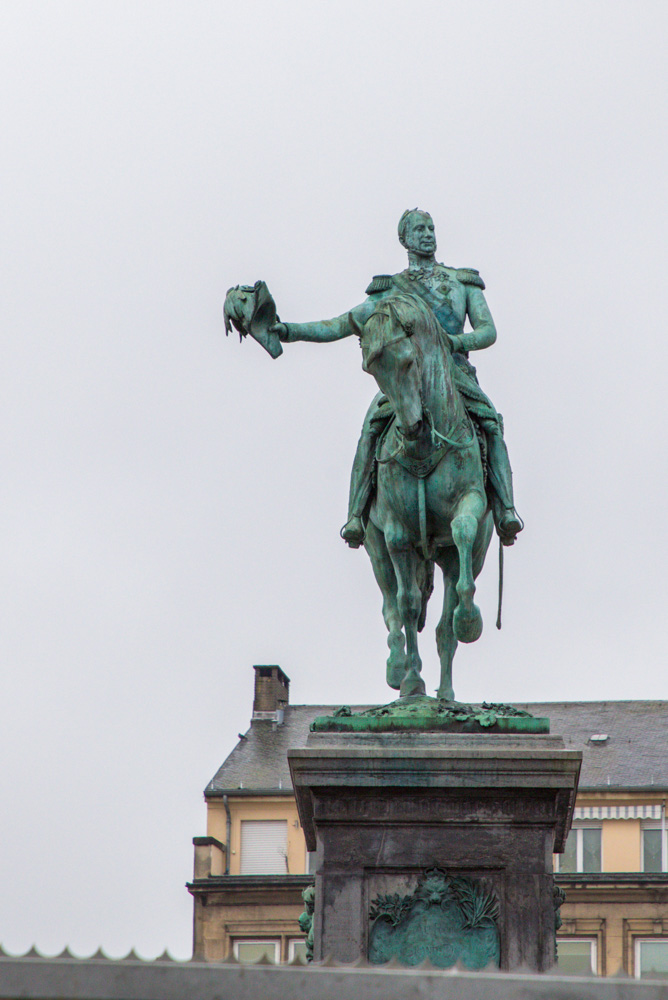
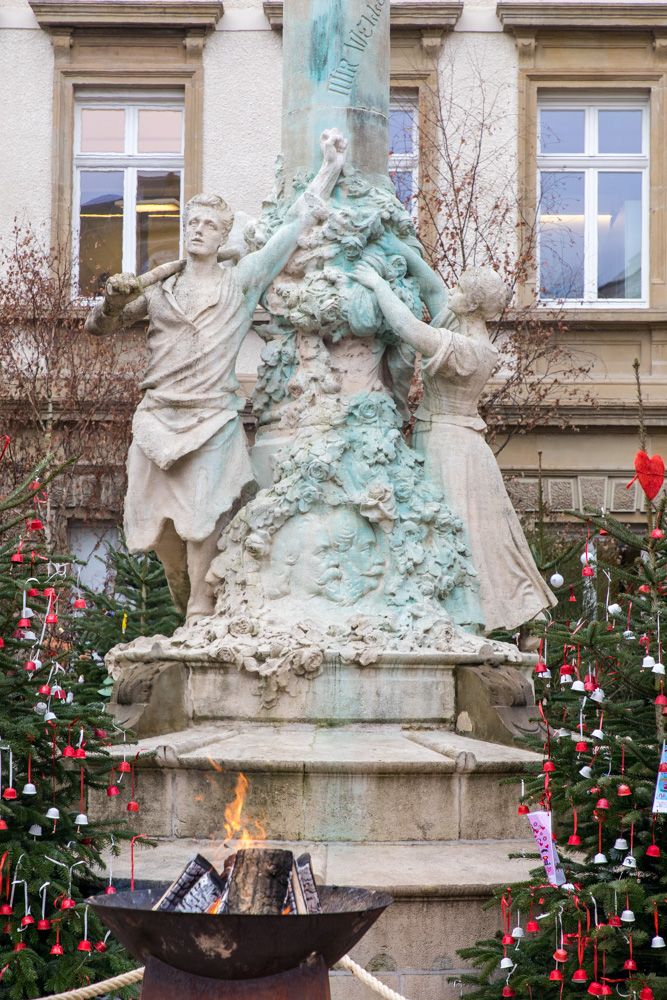

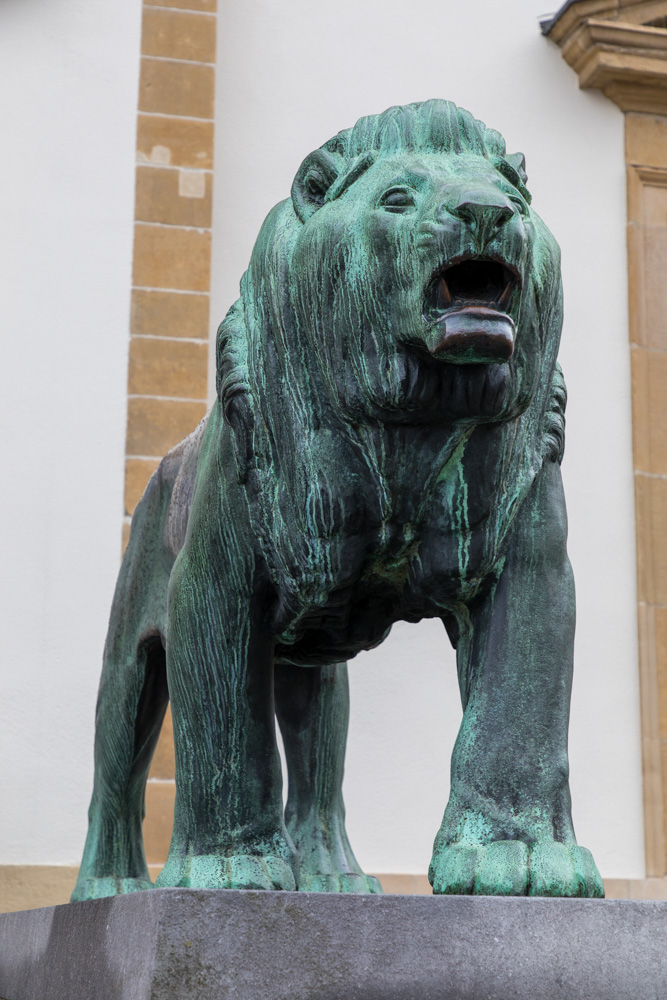

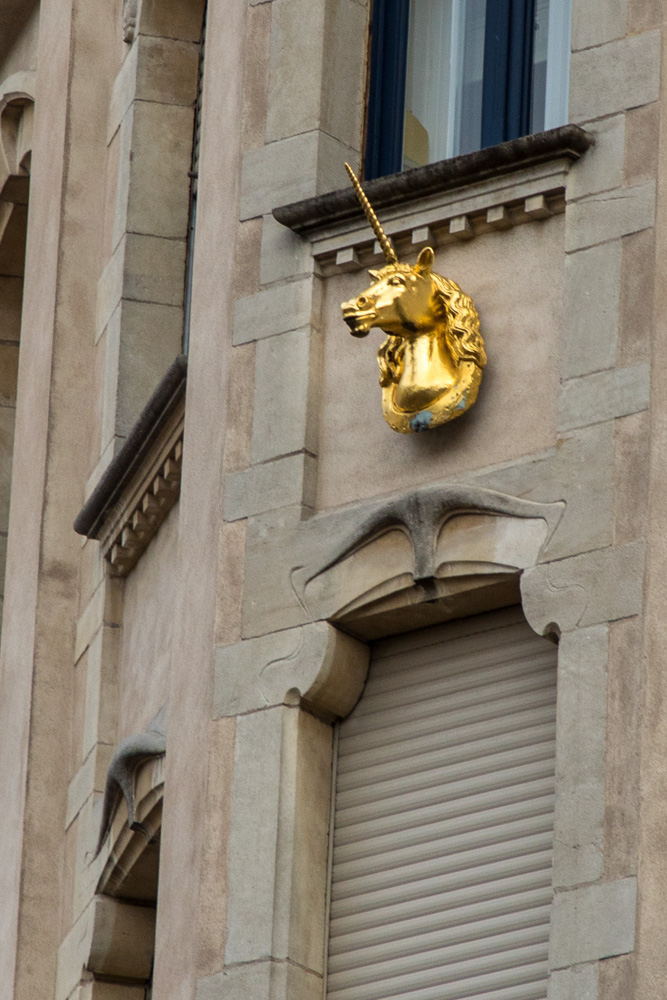
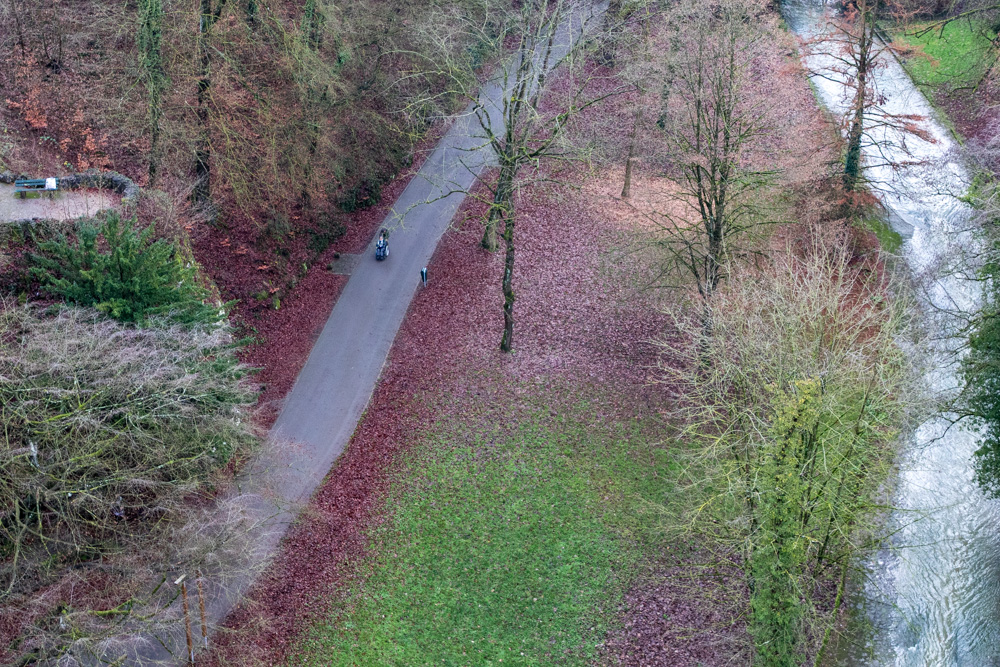
Then we piled back on the bus to head back to Frankfurt for our farewell dinner.